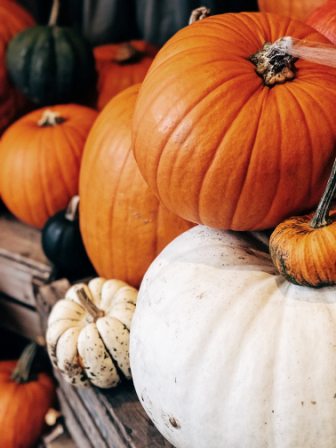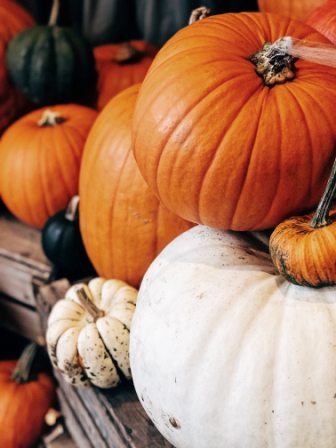
All your hard work is paying off with a bountiful harvest. Fresh produce is filling your garden, countertops, and refrigerator while the garden keeps producing more. Preserve some of your harvest to enjoy throughout the winter with some tried-and-true or updated variation of food preservation techniques.
Hanging bundles of herbs to dry is a long-time practice that works. Harvest herbs in the morning just after the dew has dried off the leaves. Rinse, allow them to dry, and remove any damaged or dried leaves.
Gather the dried herbs into small bundles and secure them with a rubber band. Use a spring-type clothespin to hang the bundles from a clothesline or hanger in a warm, dry, airy place out of direct sunlight.
Extend the life, flavor, and nutritional value of squash with proper harvesting and storage. But make sure you only store blemish- and damage-free fruits and vegetables. This reduces the risk of mold and decay developing during storage.
Harvest zucchini when the fruit is six to eight inches long and scalloped squash when it is three to six inches in diameter. Store these in a plastic bag inside the vegetable crisper drawer in your refrigerator for several days.
Wait to harvest winter squash when the fruit is full-sized, and the rinds are firm and glossy. The portion touching the ground turns from cream to orange when the fruit is ripe. Use a pruner to harvest the fruit, leaving a one-inch stem on each fruit. Cure all winter squash, except for acorn, in a warm, humid location. Then move them to a cool, dry, well-ventilated area to store for several months.
Boost your cabbage harvest by removing full-sized heads but leaving the lower ring of leaves and roots intact. The plant will form several smaller heads.
Harvest cucumbers based on how you plan to use them. Pick the fruit when it is 1 ½ to 2 ½ inches long if you plan on making sweet pickles. Allow the cucumbers to grow a bit bigger, three to four inches, if dill pickles are on the menu. Harvest those for slicing when the skin is firm, bright green and the fruit is six to nine inches long.
Turn a portion of your harvest into something delicious. Fermentation is a relatively easy preservation technique that has been used for thousands of years. Preserve some of your cucumbers as pickles, cabbage as sauerkraut, and berries as preserves with fermentation. Store fermented fruits and vegetables in a cool, dark place or extend their shelf life by canning the finished product. For most projects, you just need the fruit or vegetables, water, salt, and spices. The desired ingredients are placed in a covered vessel, like a fermentation crock. Weights are used to keep the fruit and vegetables submerged in water throughout the fermentation process.
If your garden is still producing when frost is in the forecast, extend the harvest season. Cold frames and cloches are tried-and-true techniques used for extending the growing season. A modern method employs floating row covers. These spun fabrics allow air, light, and water through while protecting plants from frosty conditions. Cover the plantings and anchor the fabric in place. Lift to harvest and enjoy several more weeks and even months of garden-fresh produce.
Select the storage and preservation methods that work best for your garden produce, growing location, and lifestyle. Once you enjoy homegrown produce in winter meals, you will start growing more produce to eat fresh, share and preserve. Melinda Myers has written more than 20 gardening books, including Small Space Gardening. She hosts the “How to Grow Anything” DVD series and the Melinda’s Garden Moment TV & radio segments. Her website is MelindaMyers.com.




Comment here